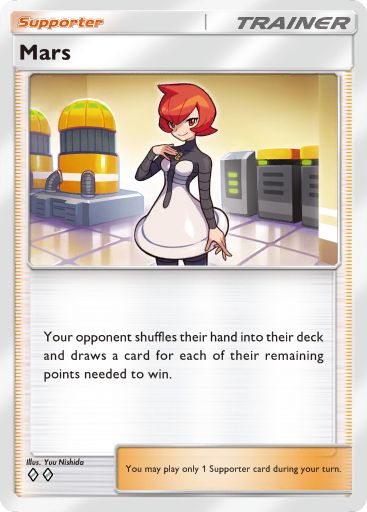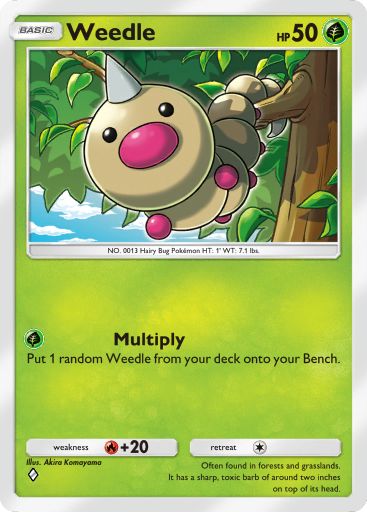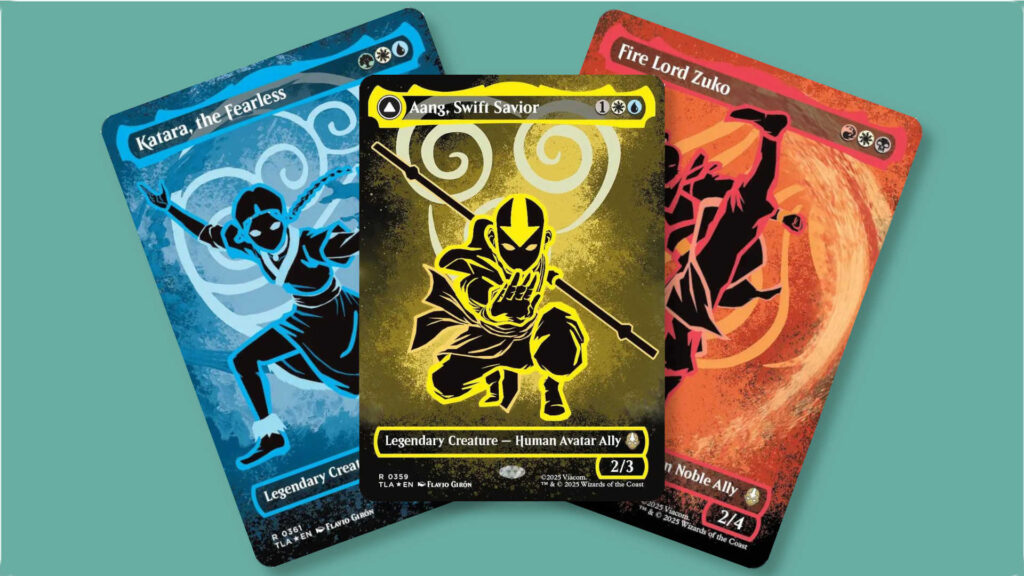Images courtesy of The Pokémon Company
By now, people worldwide acknowledge that Pokémon is the most successful media franchise in modern recorded history. With nearly $100 billion in reported earnings between 1996 and 2019 (and likely even more than that today), the Pokémon media empire is even more successful than Disney. That’s saying a lot. So, naturally, when multiple aspects of the company’s brand coincide, such as Pokémon TCG and its app, Pokémon TCG Pocket (PTCGP), people may get a bit confused.
To that end, many questions arise. “Why does my Bench only have three spots?” “Why are my packs only five cards?” “What if this app were more like the paper TCG?” While we can’t answer the first two questions now, I can try to answer that last one. So read on, and we’ll discuss the pros and cons of adapting Pokémon TCG Pocket into the Pokémon TCG proper.
Pokémon TCG Pocket – Differences From Paper
The first thing we must do when mulling over the what-ifs of PTCGP’s adoption of the paper TCG’s ruleset is examine the differences between them. There are a fair few of these. For starters, aesthetics differ, as do the two formats’ card pools. These differences are so large and expanded that it would take multiple articles to go over each of those aspects by themselves.
So, instead, we should start by looking at the core rules for each game and see where they disagree.
Pokémon TCG (Paper)
- This version of the TCG has six Prizes, comprised of six cards from the deck at random.
- The Bench zone has five spots upon which to place Benched Pokémon.
- Each deck contains 60 cards, with no more than four of a given card in one deck sharing a name.
- Decks contain all of the Energy cards needed for their gameplay.
- Games may take around 40 minutes at most to complete, with each player having around 20 minutes to go through all of their turns combined.
- If you must draw a card from an empty deck, you lose.
- Because PTCG is a physical card game on paper, there are very few “at random” effects.
- Subjectively, there are far more complex cards in the paper PTCG, and many different subcategories of card types as well. This also slightly plateaus the perception of power creep.
Pokémon TCG Pocket (Digital)
- PTCGP has 3 Prize Points, and does not draw these from the use of actual cards.
- The Bench zone has three spots for Benched Pokémon.
- Each deck contains 20 cards, with no more than two of a given card in each deck sharing a name.
- PTCGP uses an Energy Zone, which provides one Energy on every turn.
- Games have a 40-minute timer but can often take less than five minutes to complete. Notably, players have 30 turns total to win before the game is determined as a draw.
- If you must draw from an empty deck, you do not lose; the game simply continues.
- Pocket being digital means “at random” effects are practical to develop on cards.
- Subjectively, the cards currently in Pocket are much simpler than in paper PTCG, as are the subcategories. However, power creep is more easily noticed by players at this time.

One other difference exists in gameplay. When a Confused Pokémon attacks and it flips tails, in the paper iteration of the TCG, not only does the attack fail, but the Pokémon also suffers 30 damage. In PTCGP, the 30 damage does not occur, though the attack still fails on a tails flip.
Pros of Adopting the Paper PTCG Rules…
So, what happens if we adopt the paper rules and incorporate them into Pokémon TCG Pocket? For starters, we can expect to see more faithful renderings of cards currently in the paper PTCG on the app. Iconic cards found in paper can find their way to Pocket, and with them, a whole smattering of new avenues of play.
Speaking of play avenues, this would inevitably open up a whole new format in Pocket. Players could play not only Pocket as it currently exists but could also play the paper TCG as it currently exists as well. Think full app integration with Pokémon TCG Live, only perhaps a bit more expanded.
… And the Cons
Naturally, there are also going to be some steep downsides to this adoption of Pokémon TCG‘s paper rules. For one, power creep will inevitably hasten, leading many Pokémon TCG Pocket cards to be obsoleted quickly in favor of the multiple decades of paper cards now at the game’s disposal. I know I said I wouldn’t go into the card pool discussion in this article, but this note is necessary for the analysis of this part of the gameplay.
Furthermore, while many players will be wise to this sort of change happening, since The Pokémon Company is fairly reliable in informing their players of change, some won’t know about it until there’s no time to prepare themselves. This would lead to complaints about the overhaul. Add to this the now even higher (hypothetical) costs for maintaining Pokémon TCG Pocket, and you have a lot of lost profits for TPCI and DeNA.
The cost issue alone makes this hypothetical situation very unlikely, but it also leads to many interesting ideas. For instance, it allows us to have up to four copies of Mythical Island‘s Koffing in our deck and allows its Division attack to not just be a one-and-done affair. The same goes for the Multiply attack from Shining Revelry‘s Weedle. These almost feel like they’d be stronger in a 4-of-copy format than they are presently.

From Processor To Paper
Unfortunately, the paper TCG cannot adopt the full scope of what Pokémon TCG Pocket can do. For similar but inverse reasons, for example, you can’t put that Shining Revlery Weedle into a paper format without incorporating random number generation (such as a d6 to randomly determine which Weedle you search up). So in that sense, it can’t really work the other way around.
That said, this thought experiment feels like one that isn’t entirely out of the realm of plausibility. With a few cards in Pokémon TCG Pocket that seem pointless without further rules adoption, it seems like it could just be a matter of time.
Let’s hear from you, though. Do you think there’s merit in giving Pokémon TCG Pocket more rules from the paper PTCG? What are some pros or cons I may have missed? And would this idea appeal to you overall? Sound off below!





